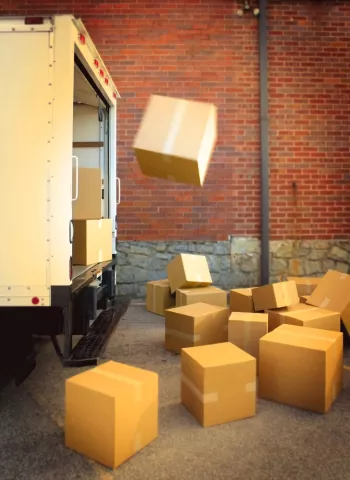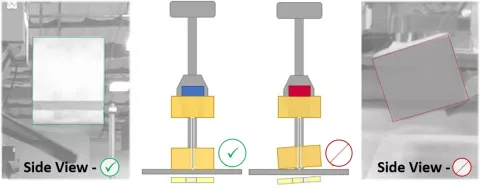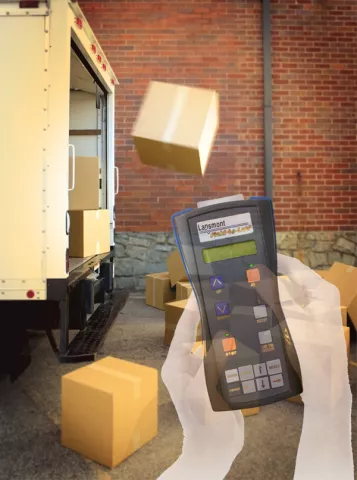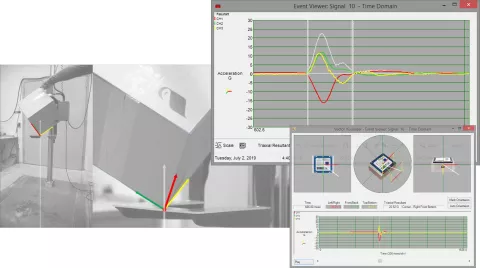

When we think of Distribution Simulation Testing, we typically always include drop/shock, vibration and compression testing in any related discussion
Out of those different dynamic tests, most people would think of drop testing as the simplest from an equipment and application perspective. That can be an oversimplification, so we thought we’d take some time to explain the equipment, the application and the very real opportunity to use quantitative results for engineering-level design activities.
Drop Tester introduction
The name - Drop Test System - is truly self-explanatory. It sounds simple and that is a very positive attribute for a system that – drops things.
But what kind of items get dropped, from how high, how many times, in what orientations, and how do you determine if the item has passed or failed the test?
If you do not know what to expect from your specific distribution environment, industry standards are a great place to start
Typically, they provide an overall test plan with guidance to help determine “how high”, “how many times” and “in what orientations” to drop something. Standards organizations such as ISTA (International Safe Transit Association), ASTM and ISO publish and maintain consensus standards that have a proven history of effectively addressing distribution hazards.
However, there may be times that require you to learn more about your distribution environment to address specific or unique circumstances and challenges. In this case our Field-to-Lab® process can help you measure field conditions and reproduce them in the lab.
Drop tests are generally used to represent free-fall drop hazards present in the distribution environment, but they also play an important role in addressing non-drop-based impacts. Impacts that originate from things other than free-fall – such as sorting diverters and slides – with the intent to reproduce impact energy via a drop test.
In the testing environment, repeatability is desired – and free fall drop test systems take advantage of acceleration due to gravity, which is constant and repeatable. Dropping items multiple times from the same height will result in the same impact velocities – every time.
Fundamentally – the drop tester uses gravity to exposes packages, or packaged products to a range of impact energies. The higher you drop something, the greater the impact energy.
The real question – “How do I use this thing to test effectively?” Over the next few weeks, we’ll be addressing that question, as well as discussing the significance of flatness of drop, and the value of instrumented drop testing. The Drop Testing Series will continue next week.




